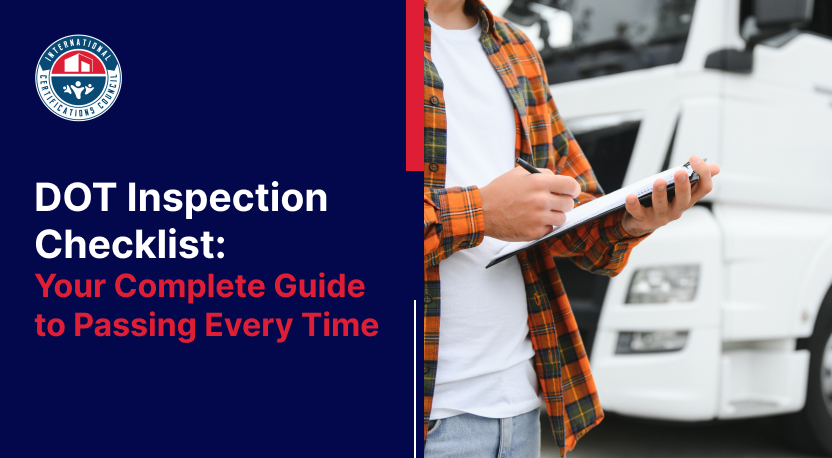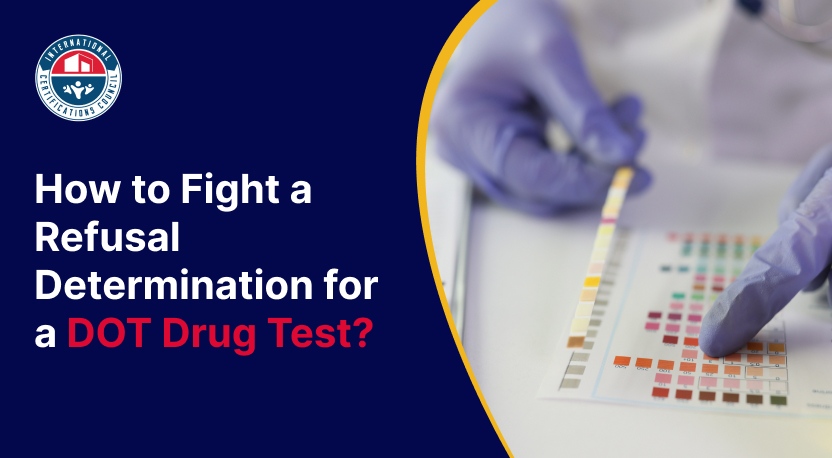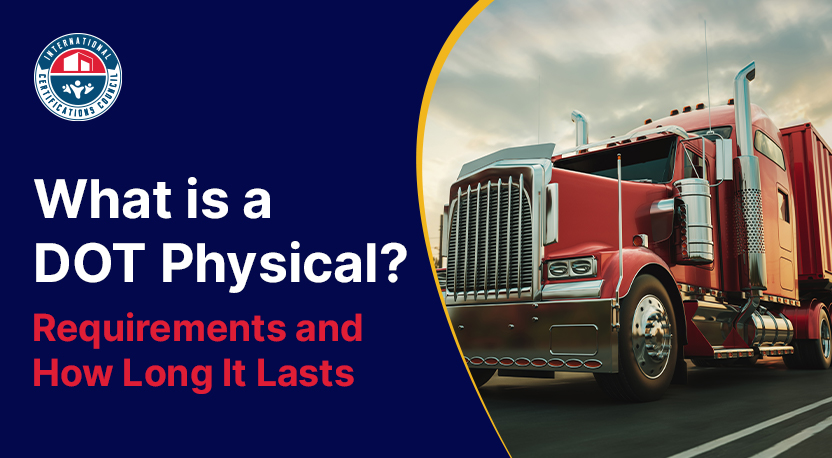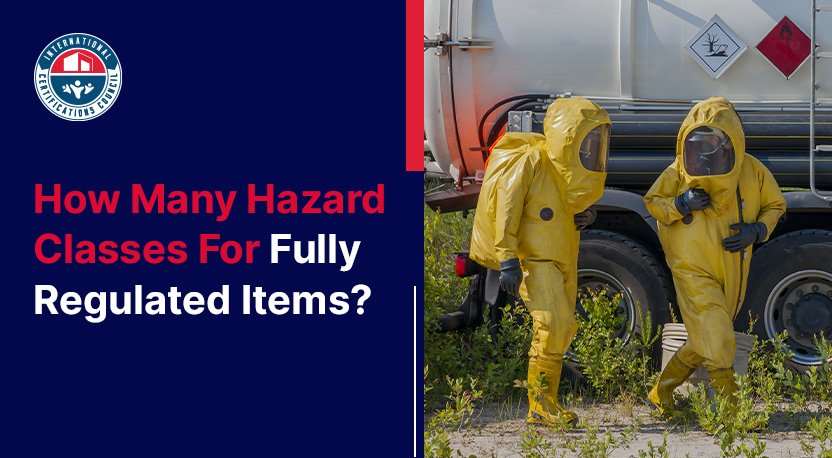What is Class 8: Corrosive Material?
According to the U.S. DOT definition, Class 8 chemicals are substances that can cause complete destruction of human skin or severe corrosion of stable metals, such as steel and aluminum. They are found in solid, liquid, or gaseous states, and their destructive effects don't end with human handling - packaging, transferring, storing, or containing, and even automobile components are not spared.Key Features Of Class 8 Hazardous Materials Include
- These are typically extremely reactive with organic tissue (they often result in burns, blisters, and irreversible tissue damage)
- They are also quite corrosive to metals, leading to structural damage and serious deterioration
- Can emit toxic fumes and gases when exposed to water or other liquids or chemicals
- Usually exothermic, they release heat when they react
Class 8 Corrosive Substances: Typical Examples In Daily Life
As per typical DOT Supervisor Training, corrosives are not rare. In fact, many are employed in industries ranging from agriculture to the pharmaceutical industry, and nearly all kinds of supervisors and handlers contribute in some way when handling them. Some of the most well-known examples are:Acids
- Sulfuric Acid: Car batteries; extremely hazardous to the touch
- Hydrochloric Acid: Utilized in cleaning as well as industrial processing
- Nitric Acid: Highly oxidizing and highly corrosive, of course
Bases (Alkalis)
- Sodium Hydroxide (Caustic Soda): Drain cleaners easily with them (yeah, we do)
- Potassium Hydroxide: Soap-making process
- Ammonium Hydroxide: Agricultural fertilizers, industrial applications
Others
- Phosphoric Acid: Soft drinks, cleaning agents
- Chromic Acid: Electroplating, wood treatment
- They differ in strength and reaction, but all call for certain strict safety protocols.
How Dangerous Are Class 8 Substances Exactly?
Let's First Reduce These Risks To Real-World Danger And ImpactHealth Risks
- Skin and eye damage are common: These corrosive materials can easily damage skin tissues and cause serious burns and infection as well.
- Respiratory issues: Vapors coming out of these chemicals can affect your nose, throat, and lungs.
- Systemic toxicity: Certain corrosives are considered even more dangerous because they can cause internal toxicity, which is much more hazardous than surface burns.
Equipment & Infrastructure Risks
- Corrosive fumes can have an impact on tools and equipment, making them weak and brittle. These can react with metal and plastic over time, leading to the failure of critical machinery and containers you own.
- Poor storage can cause chemical spills, fires, and vehicle damage.
Environmental Hazards
- Leaks contaminate water sources and land significantly, posing a threat that is more large-scale than we can be prepared for.
- Highly reactive with other chemicals, with a possible ability to cause inextinguishable fires or release toxic gases.
- Any exposure to Class 8 materials can lead to permanent damage. Substances such as these are hence controlled by very stringent and strict laws.
The Scary Bit: Science Behind Corrosion
Your DOT Hazmat Training expert would explain how corrosive reactions are usually acid-base or oxidation-reduction (redox) reactions. When these substances come into contact with your skin, any object made of metal, or other materials:- Acids transfer protons and shatter molecular bonds, leading to tissue damage or the deterioration of the hard surface in question
- Bases remove oils and proteins from the skin and induce severe chemical burns
- Metals corrode through electron transfer, causing structural weakening and decay
- There are corrosives that pick up water from the air (hygroscopic) that can further increase their reactivity
Real-Life Scenarios of Class 8 Incidents
- Air Cargo Leak (Hydrochloric Acid)
- Plant Explosion (Sulfuric Acid)
- Highway Spill (Sodium Hydroxide)
How Is Class 8 Material Controlled?
The DOT and organizations such as OSHA and the EPA have strictly regulated the transportation of corrosive chemicals. Packaging requirements are the same as follows:- The container and packaging must be leak-proof and corrosion-resistant
- Use of secondary containment systems is often encouraged and preferred
- Venting of materials that release gases is also important to prevent mishaps
- The employers ought to train employees on emergency operations, handling procedures, and the use of PPE when needed
- Training must be updated every three years (according to DOT standards)
- Segregation of class 8 substances from incompatible materials (e.g., bases from acids) is extremely critical to maintain safety
- Spill emergency kits and vehicle ventilation should be made mandatory on every truck or vehicle carrying such corrosives
- Restricted movement through certain public areas is recommended to prevent accidents
- Chemical manufacturing and supply
- Automotive/car (battery manufacturing and repair)
- Agricultural applications (pesticides and fertilizers)
- Food processing sector (cleaning agents and acidulants)
- Research centers and laboratories
- Chemical-resistant gloves (nitrile, butyl rubber)
- Splash goggles and face shields
- Aprons or full-body suits resistant to acids
- Respirators for vapor exposure
- Always read the SDS prior to working with any corrosive materials
- Never combine acids and bases
- Keep them below eye level and away from the reach of incompatible materials
- Provide emergency showers and eyewash stations access to all
- In case there is a spill, make sure to do the following without fail:
- Clear the area and warn your professional staff
- Use the correct absorbent material (and not water for active materials)
- Neutralize where you can do so (e.g. baking soda to acids)
- Dispose of the waste according to EPA and local regulations only
- Seek medical attention for any exposure






